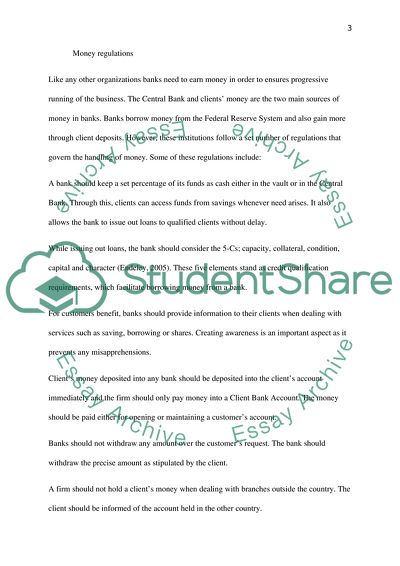Cite this document
(What is shadow banking Essay Example | Topics and Well Written Essays - 2750 words, n.d.)
What is shadow banking Essay Example | Topics and Well Written Essays - 2750 words. https://studentshare.org/finance-accounting/1819754-what-is-shadow-banking
What is shadow banking Essay Example | Topics and Well Written Essays - 2750 words. https://studentshare.org/finance-accounting/1819754-what-is-shadow-banking
(What Is Shadow Banking Essay Example | Topics and Well Written Essays - 2750 Words)
What Is Shadow Banking Essay Example | Topics and Well Written Essays - 2750 Words. https://studentshare.org/finance-accounting/1819754-what-is-shadow-banking.
What Is Shadow Banking Essay Example | Topics and Well Written Essays - 2750 Words. https://studentshare.org/finance-accounting/1819754-what-is-shadow-banking.
“What Is Shadow Banking Essay Example | Topics and Well Written Essays - 2750 Words”. https://studentshare.org/finance-accounting/1819754-what-is-shadow-banking.


